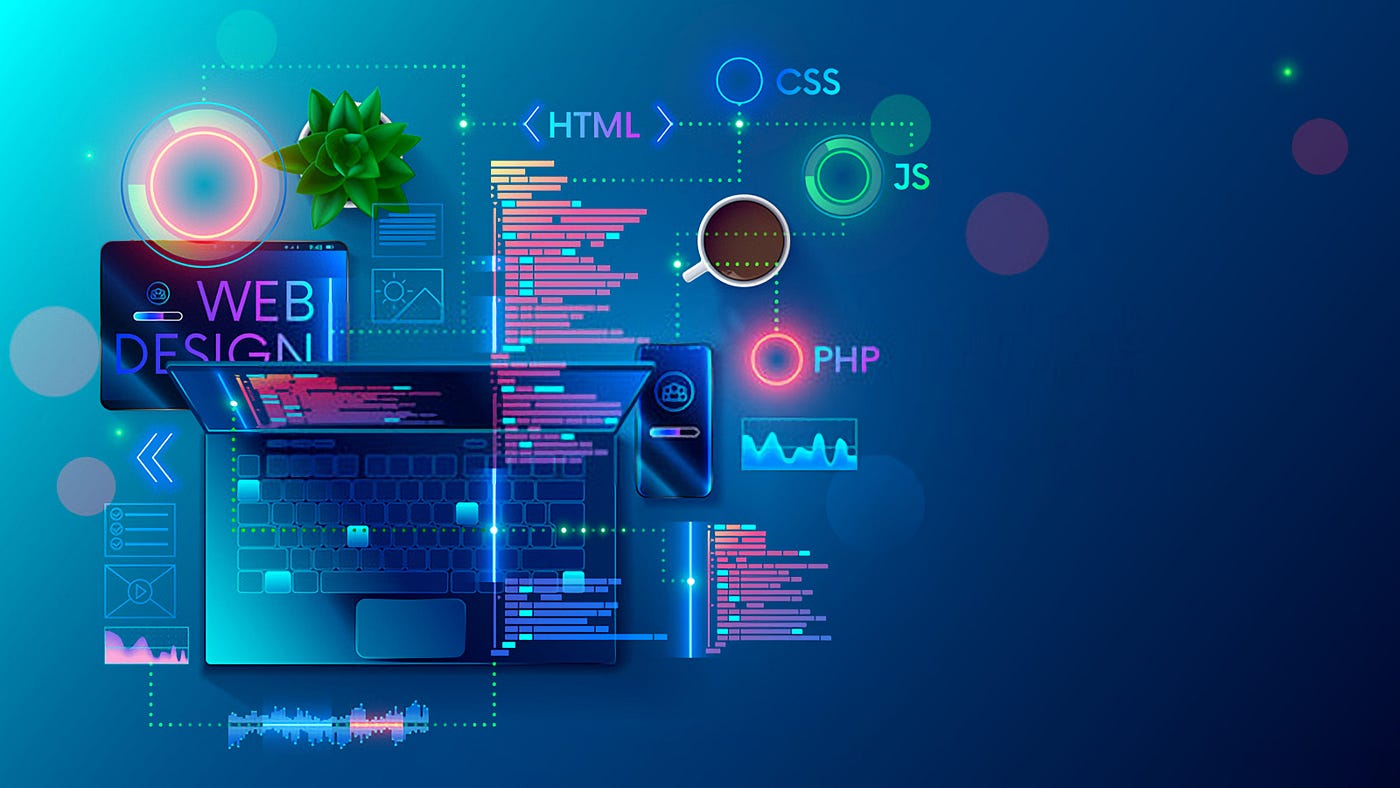Master the Art of Web Layout With These Specialist Idea
In today's digital age, having a visually attractive and well-designed internet site is critical for any type of business or specific wanting to make a mark online. However, mastering the art of website design calls for more than simply an eye for looks. It involves a deep understanding of individual experience, functionality, and the most up to date trends and strategies. Just how can you elevate your web layout skills to the following degree? In this discussion, we will certainly explore skilled tips and techniques that will certainly not only boost the aesthetic allure of your website however additionally improve its functionality and efficiency. From picking the right color scheme to including effective call-to-actions, these insights will certainly help you produce an internet site that not only mesmerizes your target market but likewise drives outcomes.
Choosing the Right Shade Scheme
When choosing a shade combination for internet layout, it is important to take into consideration aspects such as brand name identity, target audience, and total aesthetic objectives. The colors utilized in an internet site can substantially influence exactly how users regard and communicate with the website.
Along with brand name identification, the target audience must also be considered when picking a shade palette. Various age teams and demographics may respond in different ways to certain colors. Younger target markets might be extra attracted to lively and vibrant colors, while older audiences may like much more soft and innovative tones. Understanding the preferences and expectations of the target audience can help produce a interesting and visually enticing internet site.
Finally, the general aesthetic goals of the website should be considered when picking a color scheme. The color design ought to complement the overall layout and format of the site, creating a visually enticing and natural experience for users. Whether the goal is to produce a serene and relaxing atmosphere or an energetic and vibrant ambience, the color scheme must be very carefully selected to attain the preferred aesthetic.

Creating User-Friendly Navigation
To improve the individual experience, it is necessary to establish easy-to-navigate and instinctive food selections for websites. User-friendly navigation is critical for guiding visitors through the various sections and pages of a site, permitting them to promptly locate the content they are searching for. When creating the navigating menu, simplicity is crucial. Stay clear of littering the menu with a lot of alternatives, as this can bewilder individuals and make it challenging for them to make decisions. Instead, concentrate on providing succinct and clear labels for each menu thing, using familiar terminology that customers can quickly understand.

Along with clear tags and sensible company, it is crucial to make the navigating food selection quickly available. Place it in a popular location, such as on top of the web page or in a set setting, to ensure that users can easily locate and access it from anywhere on the internet site. Take into consideration utilizing a receptive style strategy to guarantee that the navigating food selection remains usable and available on various gadgets, including cellphones and tablet computers.
Integrating Responsive Layout Methods
In order to optimize internet site functionality across various tools, integrating responsive layout techniques is essential. Receptive design is an internet style approach that allows sites to adapt and react to different display sizes and alignments. With the increasing usage browse around here of tablets and smart devices, it is vital for web developers to create web sites that offer an optimum viewing experience for customers on all devices.
Among the key methods in responsive style is making use of fluid grids. Rather of developing fixed-width formats, web developers create versatile grids that web designer looking for work resize and change based upon the screen size. This makes sure that the content on the site continues to be readable and available, despite the tool being used.
One more crucial strategy is using versatile pictures and media. By establishing the optimum width of images and videos to 100%, they will instantly scale down to fit smaller screens. This stops photos from being reduced off or misshaped on mobile gadgets.
Additionally, responsive style includes utilizing media inquiries to apply different designs and formats based upon the tool's display dimension. This allows web designers to create a seamless experience by customizing the presentation of web content according to the tool being made use of.
Optimizing Website Speed and Performance
One critical facet of internet design is optimizing internet site rate and performance. A slow internet site can lead to an inadequate individual experience, high bounce rates, and reduced search engine positions.
First of all, optimizing photos is necessary for enhancing site rate. Pictures ought to be properly pressed and resized to minimize their file dimension without compromising quality. This can be done utilizing image optimization devices or plugins.
Another vital aspect to consider is internet site caching. Caching includes saving static variations of web pages to make sure that they can be swiftly recovered rather than producing them from the ground up each time an individual sees the site (Webwize SEO Company Tomball). This significantly minimizes packing times and improves total efficiency
Minifying CSS and JavaScript files is another effective strategy. Removing unneeded whitespace, remarks, and decreasing code intricacy can considerably improve web site rate.
Implementing Efficient Call-to-Actions
Developing compelling and persuasive call-to-actions is an important aspect of efficient internet layout. A call-to-action (CTA) is a prompt or direction that motivates customers to take a details action on a site, such as making a purchase, registering for an e-newsletter, or speaking to the firm. Implementing effective CTAs can considerably enhance customer involvement and conversion prices.
To develop engaging CTAs, it is very important to use concise and clear language that conveys the value proposition and advantages of taking the wanted activity. The CTA needs to be aesthetically noticeable on the web page, making use of contrasting shades and layout aspects that attract the individual's interest. Furthermore, utilizing action verbs and creating a feeling of necessity can better boost the efficiency of the CTA.
Moreover, it is necessary to position the CTA strategically on the page. Positioning it over the fold, where it is right away visible to users without requiring to scroll, can dramatically boost its exposure and click-through rates. It is additionally webdesign valuable to check different variants of CTAs to establish which ones reverberate best with customers and drive the highest possible conversion rates.
Conclusion
Finally, grasping the art of web design calls for interest to various elements such as shade palette option, straightforward navigation, responsive design techniques, internet site speed optimization, and effective call-to-actions. By applying these professional ideas and methods, web developers can create aesthetically attractive and useful sites that enhance individual experience and drive desired actions.
The shades used in an internet site can considerably influence exactly how customers communicate and regard with the site.In order to enhance internet site performance throughout various gadgets, including responsive style strategies is necessary. Responsive style is a web style strategy that allows web sites to adapt and react to different screen dimensions and positionings. With the enhancing usage of tablets and smart devices, it is important for internet designers to develop sites that give an optimal watching experience for customers on all devices.
